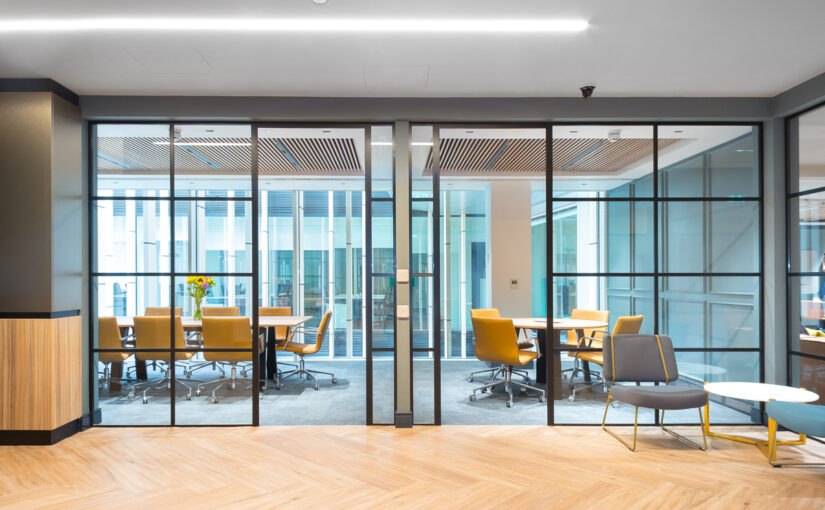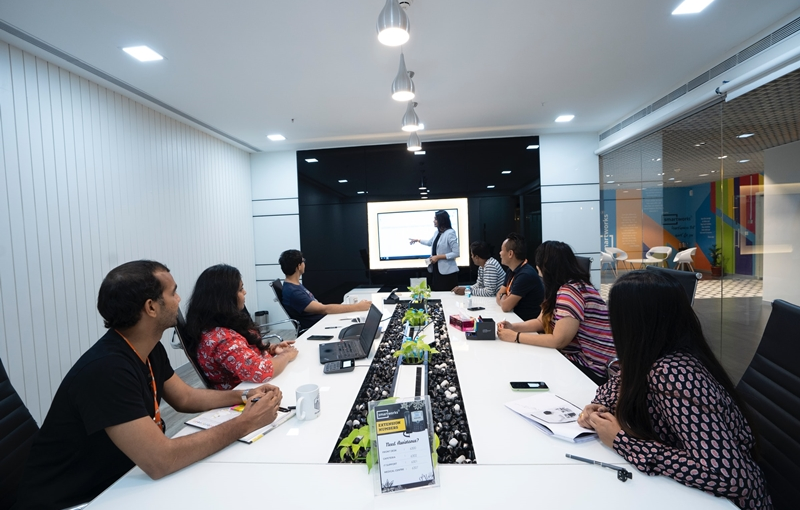A professional meeting room is the cornerstone of making a great first impression in business. When meeting with clients, selecting a well-designed meeting room showcases your professionalism, reliability, and dedication to quality. Renting a polished, fully equipped meeting room not only sets a positive tone but also reinforces your brand and business values. Discover how meeting room rentals can enhance client perceptions and build lasting business relationships.
- Professional Environment
A professional meeting room sets the tone for a serious, focused discussion. Instead of meeting at a coffee shop or your home office, a dedicated meeting room creates an atmosphere that signals preparedness and professionalism. High-quality furniture, clean layouts, and organised spaces help convey your attention to detail, reflecting positively on your business. By meeting in a professional setting, you show clients that you value their time and are committed to conducting business seriously.
- Enhanced Facilities and Amenities
Meeting room rentals often include access to premium facilities and amenities that can elevate the meeting experience. Most professional meeting rooms come equipped with high-speed internet, audio-visual equipment, whiteboards, and projectors—tools that enable smooth presentations and collaborative discussions. Some rental spaces even provide refreshments, ensuring your clients feel welcomed and comfortable. Access to these amenities not only enhances the meeting itself but also highlights your dedication to providing a high-quality experience for your clients.
- Convenient Locations
Professional meeting room rentals are typically located in prime business districts, making it easy and convenient for clients to attend. This convenience shows respect for your clients’ time and ensures that the meeting is accessible, particularly for clients commuting from different areas. A central, prestigious location also adds to the credibility of your business, giving clients a favorable impression of your operations and reach.
- Flexible Booking Options
Meeting room rentals offer flexible booking options, allowing you to reserve a space for as long or as short as you need. This flexibility enables you to create a focused, efficient meeting schedule tailored to your client’s needs, without the expense of maintaining a permanent meeting space. For smaller businesses, startups, or freelancers, renting a meeting room on a flexible basis is a cost-effective way to offer clients a polished experience without the overhead costs of a full-time office.
- Privacy and Confidentiality
Discussing sensitive information requires privacy, and a professional meeting room ensures a controlled, secure environment. Instead of meeting in a public space, where distractions and interruptions are common, renting a meeting room allows you to conduct private discussions with clients in a distraction-free space. This attention to confidentiality builds trust and shows clients that you prioritise their security and privacy.
Conclusion
Using professional meeting room rentals can significantly impact how clients perceive your business. By choosing BluDesks.com we provide you a professional environment equipped with amenities, in a convenient location, with flexible options and privacy, you’ll make a lasting impression that enhances your business credibility and fosters positive client relationships. For small businesses and freelancers, meeting room rentals offer a valuable tool to present your business at its best. Top of Form




